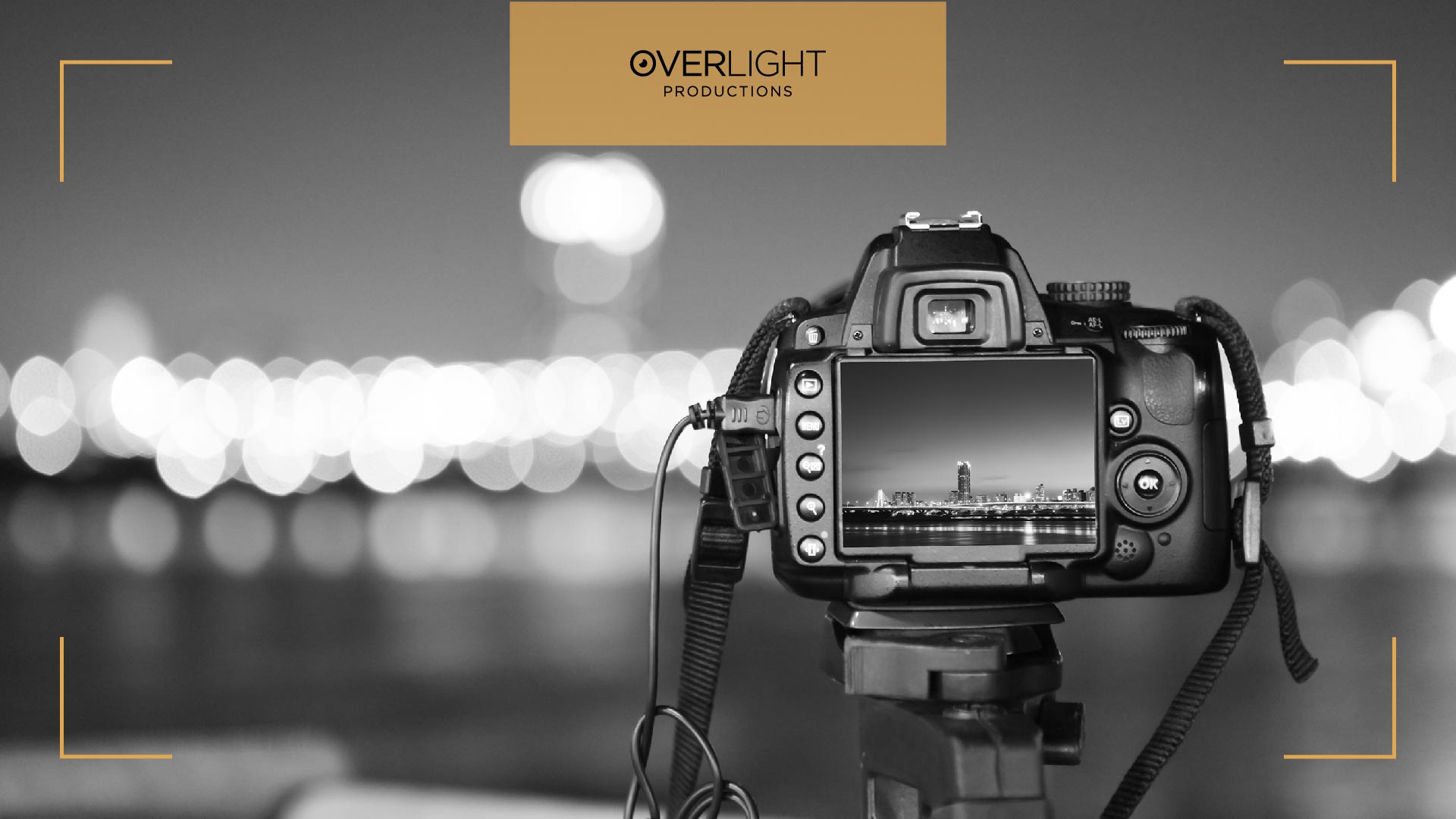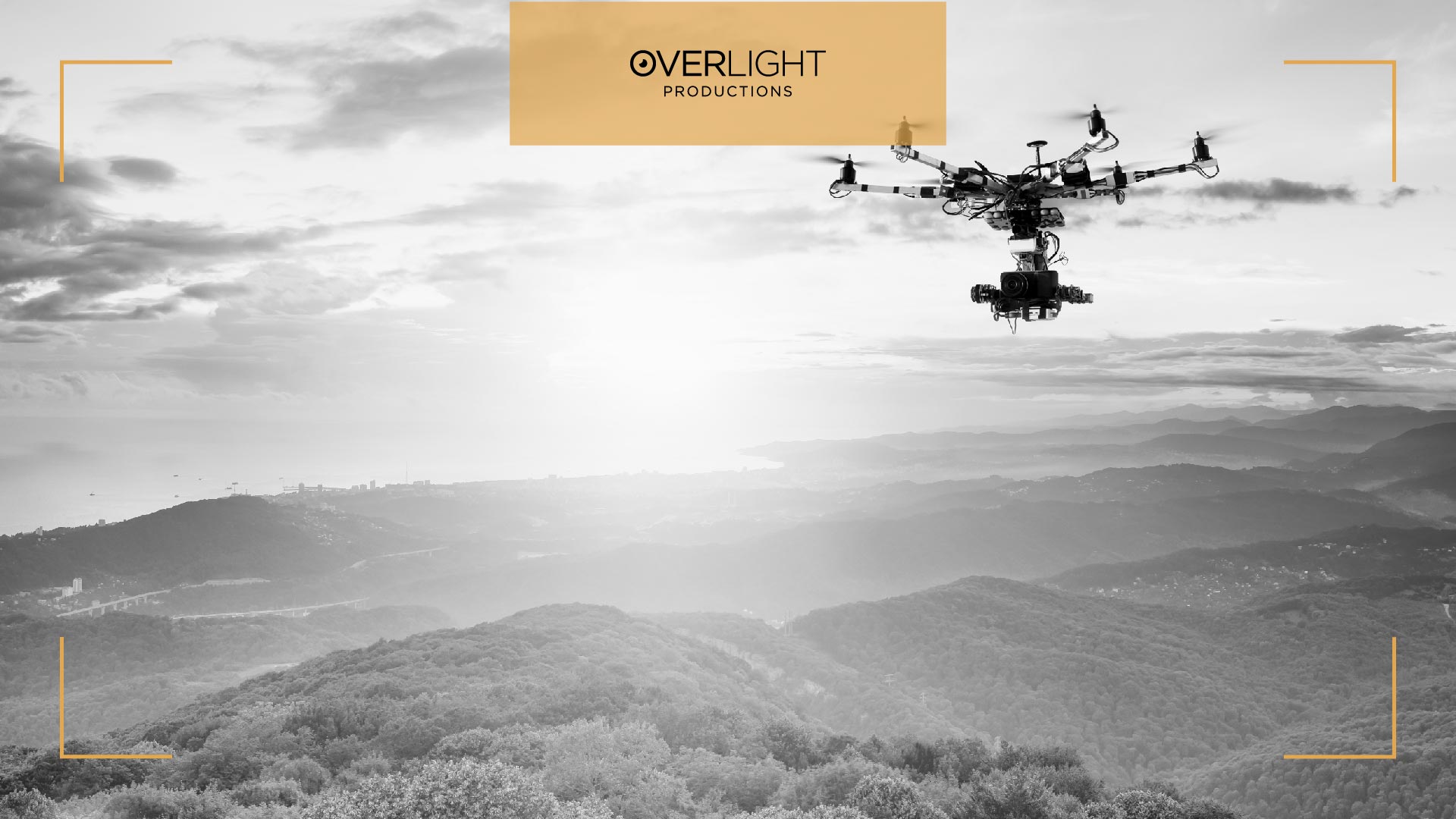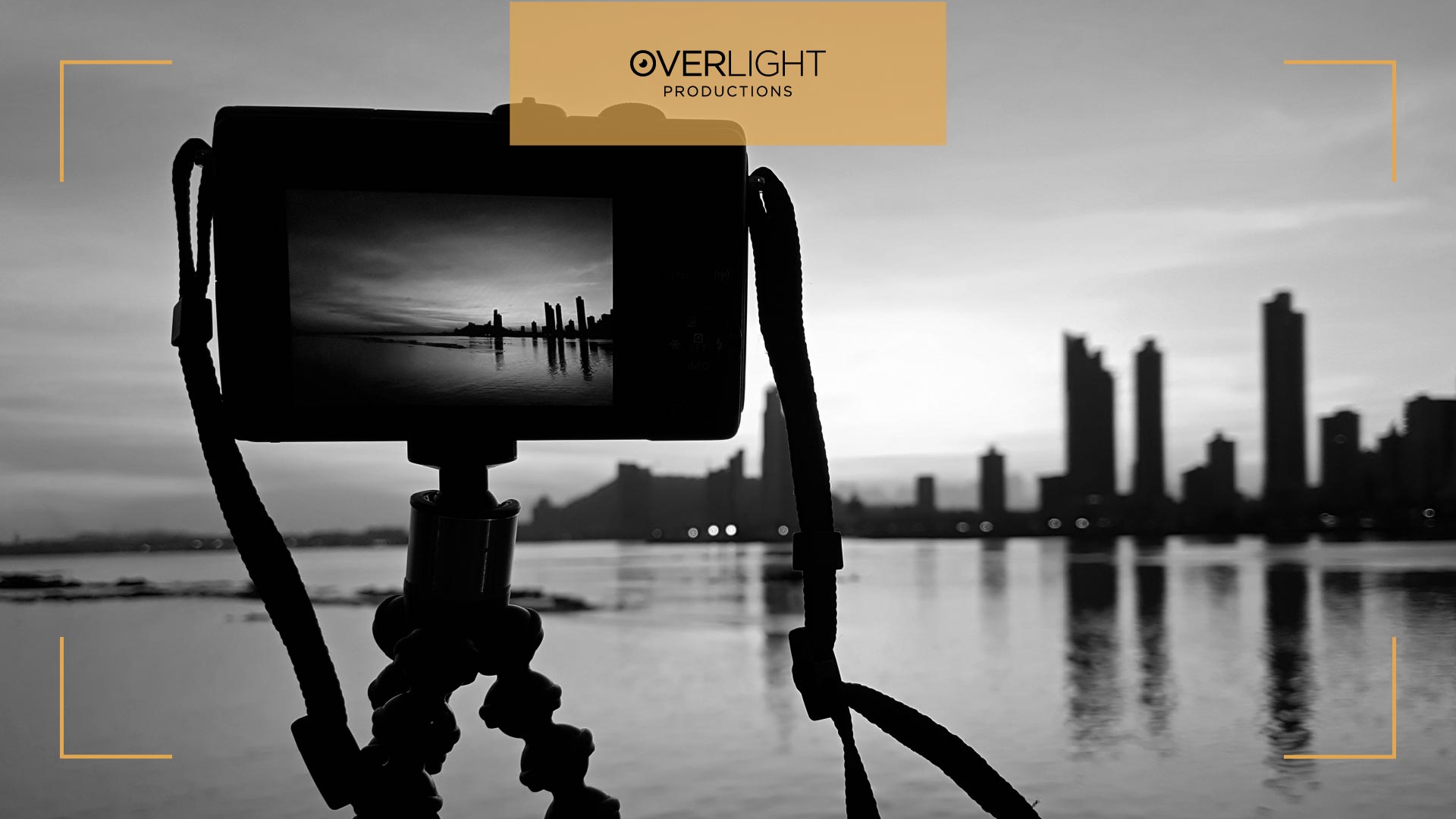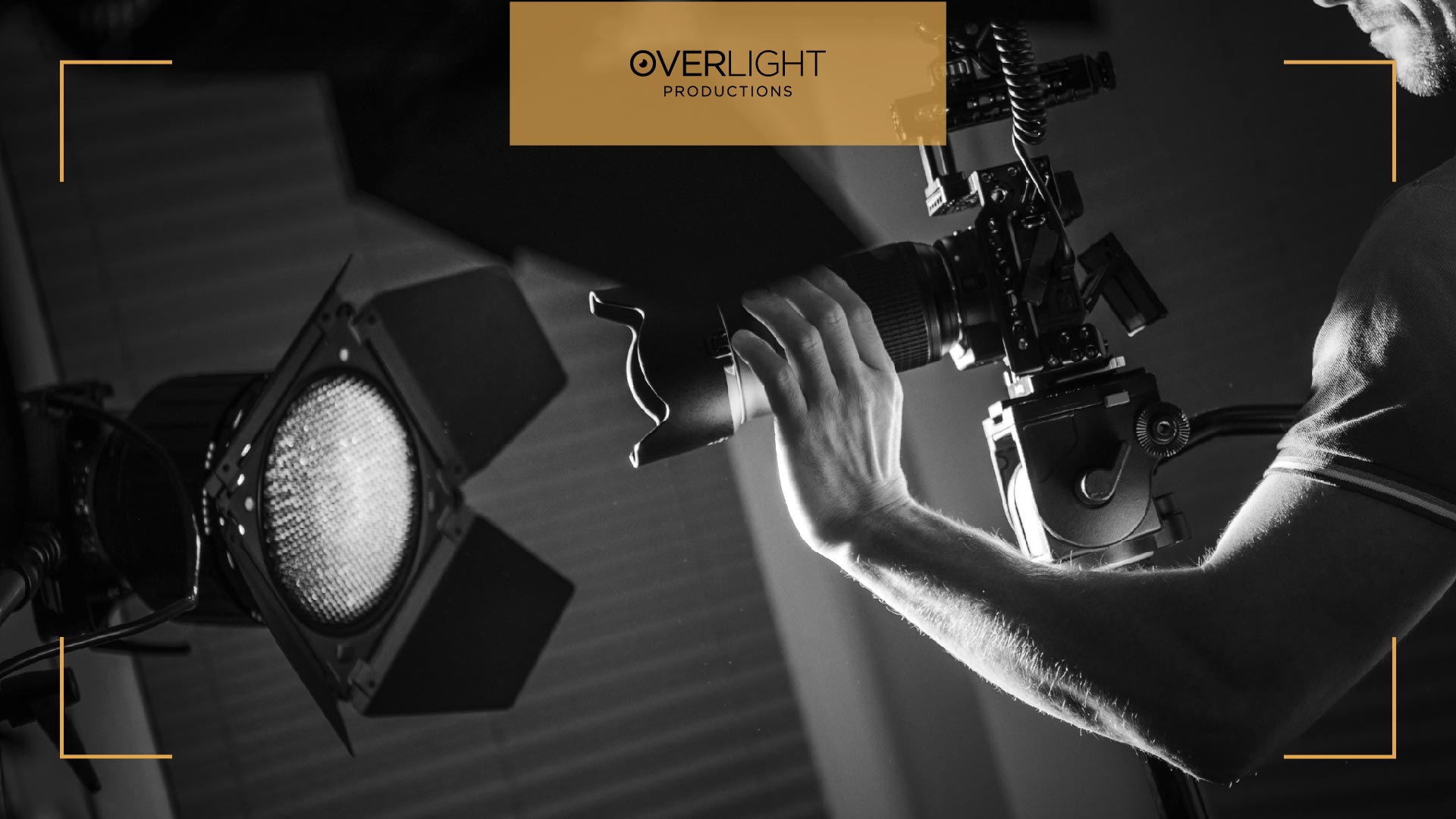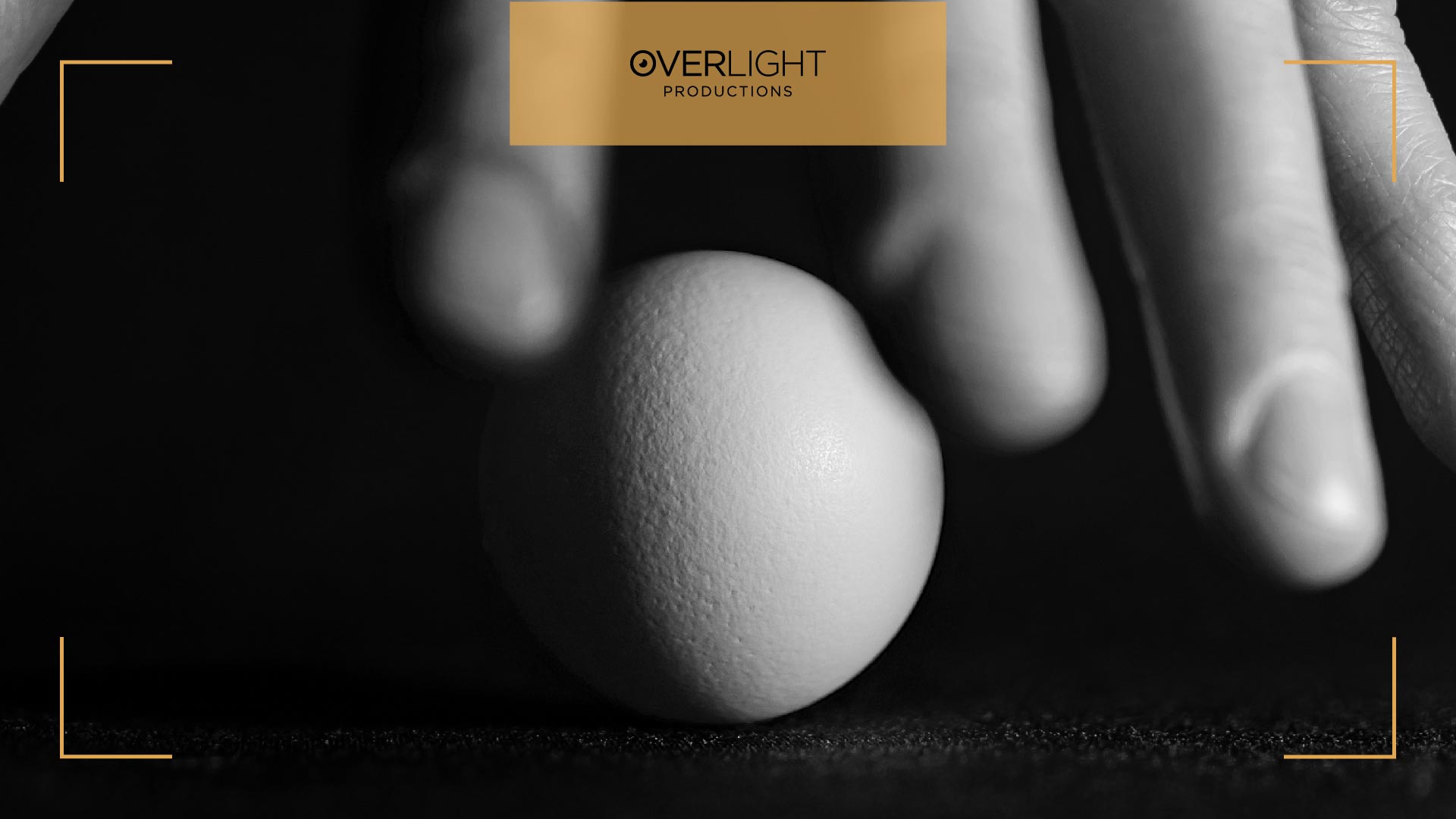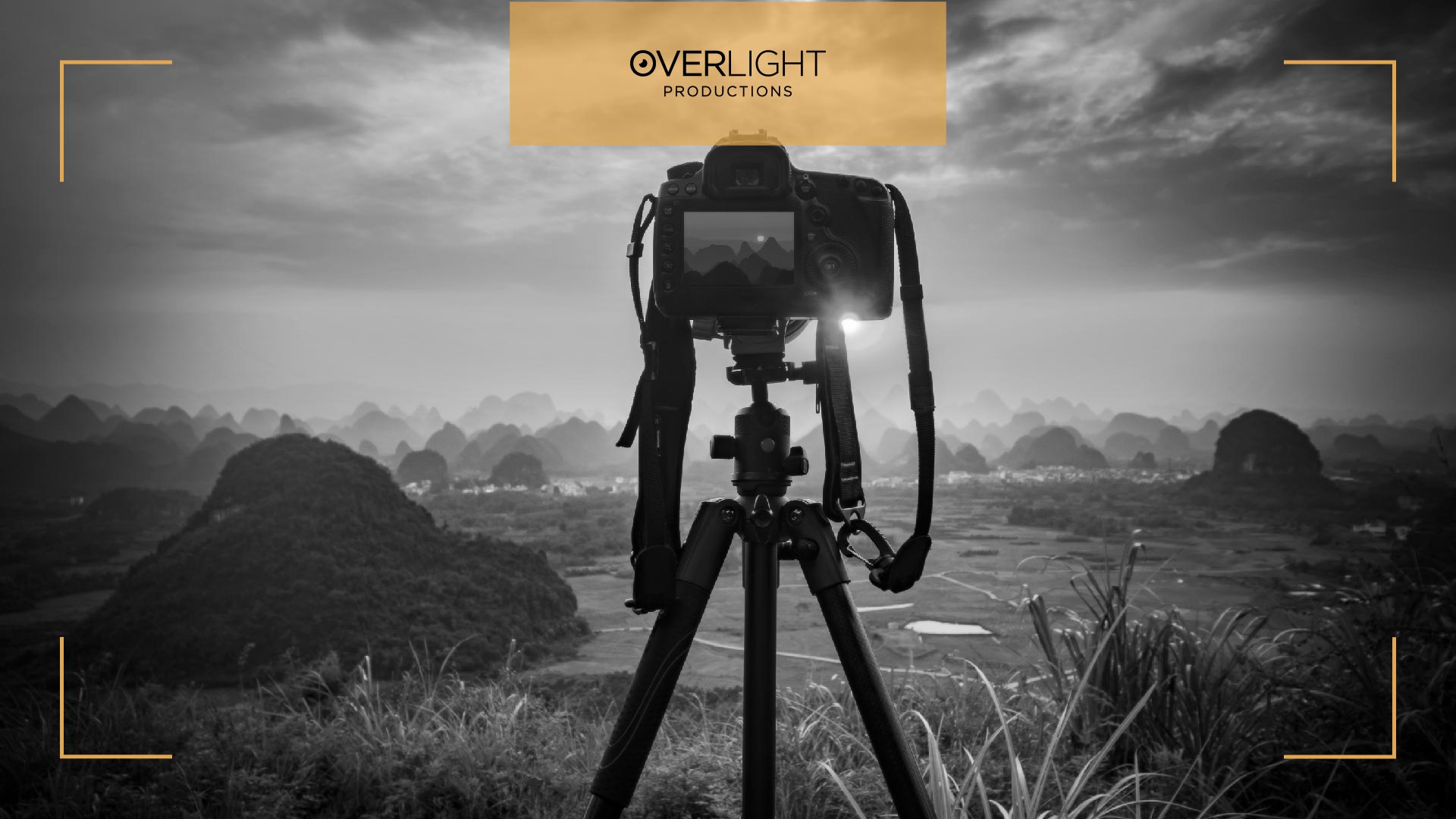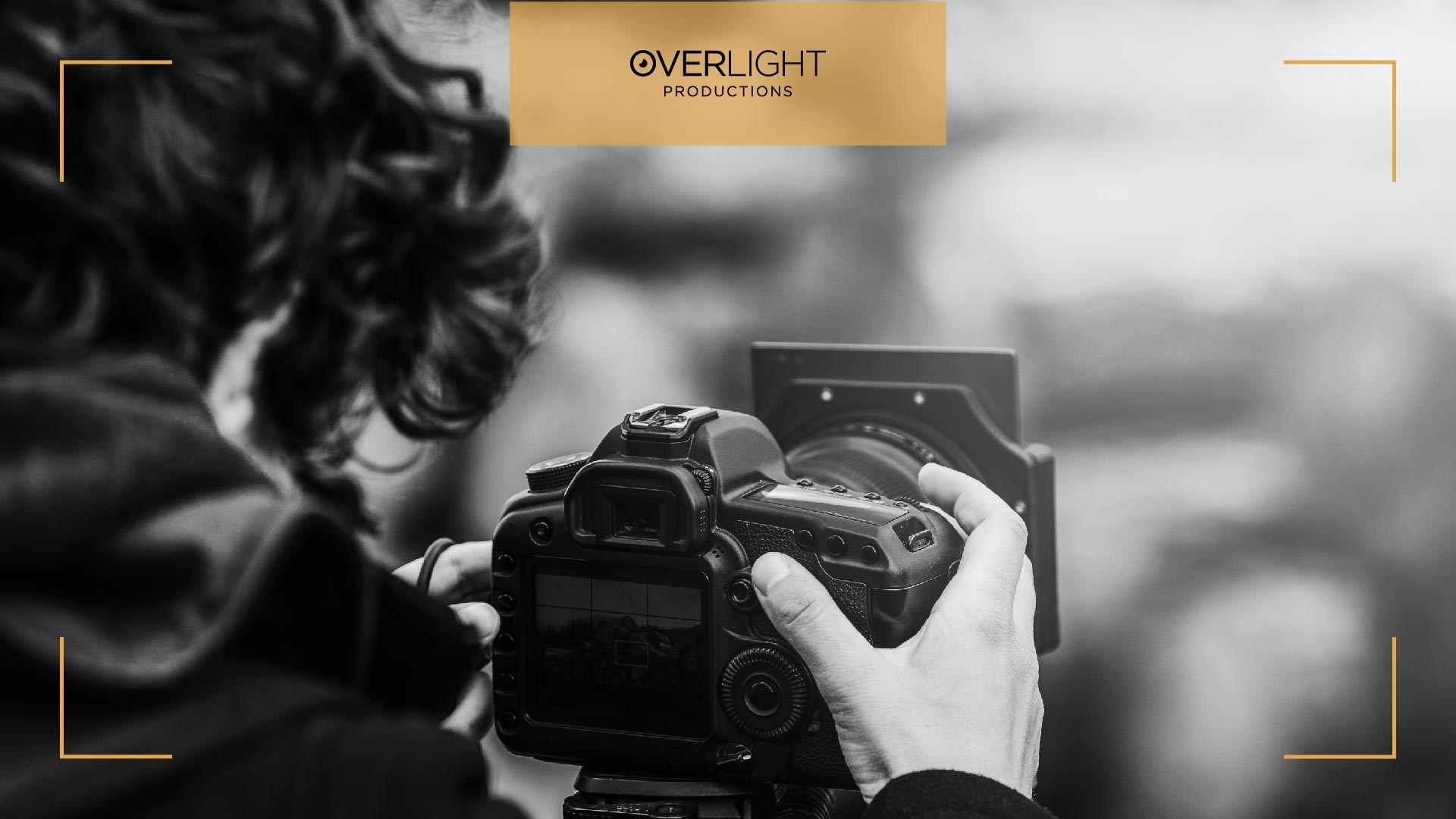 08 - August - 2023
08 - August - 2023
The filmic excellence of digital photography and cinematography has expanded to remarkable proportions, exuding a captivating allure. The emphasis on color science has changed dramatically as a result of this new technological wave.
Composition and the rule of thirds are just the beginning, but one of the most in-demand skills in the creative world today is color grading. Your scenes will come to life thanks to outstanding color use, which also gives them a distinctive feel that is difficult to duplicate.
"Presets" and "LUTs" are the tools you use to get there. Even though they are trivial keywords, they have a lot of depth. But precisely what are they? What do they do then? Do they differ or are they similar?
Let’s discuss everything in detail!
Understanding LUTs (Look-Up Tables)
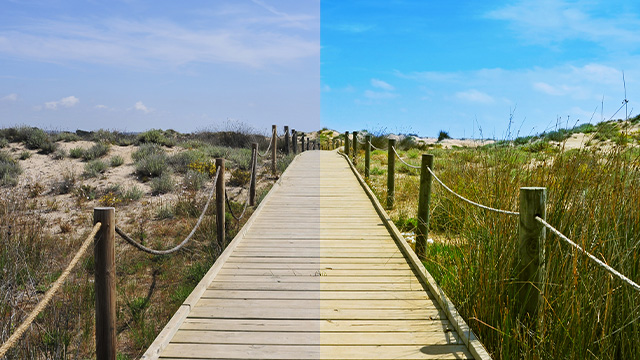
Technically, a LUT is nothing more than a sizable collection of numbers that remap the values of an image to alter its appearance. LUTs function as filters that may be applied to images to get a specific result. There are numerous LUTs, each of which accomplishes a certain objective.
Benefits of LUTs
- LUTs can help you save time and effort while color grading your video, which is one of their key advantages.
- You can use a LUT that matches your intended appearance and feel to replace manually adjusting each clip's color settings.
- LUTs can also assist you in achieving consistency and continuity throughout your video clips, particularly if you are working with material shot with several cameras, sources, or lighting setups.
- By developing a distinctive visual style that fits your theme or genre, LUTs can also help you improve the atmosphere, emotion, and narrative of your video.
Limitations of Using LUTs
- Lightroom LUTs have the potential to reduce your creative power and flexibility while color grading a video.
- LUTs are not a one-size-fits-all solution, and not every clip, scene, or project will work effectively with them.
- LUTs may also cause your video to have undesirable artifacts, noise, or clipping, especially if you apply them too vigorously or without making the necessary adjustments.
- LUTs can potentially ruin the aesthetic of your video if you employ them without taking the context, goal, or target audience into account.
Read also: Video Editing at Your Fingertips Now: Best Video Editing Apps
When to Use LUTs?
LUTs (Look-Up Tables) are particularly useful when you want to achieve specific color grading effects or match the visual style of a particular reference image or video.
They are commonly employed in post-production to create cinematic looks, enhance mood and atmosphere, or achieve a consistent color scheme across multiple shots. LUTs can be a powerful tool for professionals and enthusiasts alike who want to add a touch of creativity and visual appeal to their images or videos with ease and precision.
Understanding Presets

Presets are essentially a set of parameters that can be changed globally with a single click to rapidly create the appearance of hours of editing. Our presets typically alter 30 to 50 settings.
Benefits of Presets
- Presets significantly speed up photo editing. They have the ability to use numerous of your common procedures simultaneously. With presets, you only need to click once instead of repeatedly setting the same sliders to the same values.
- Every photographer must embark on a journey to develop their unique sense of style and voice. Others will be able to recognize your work just by looking at it if you find presets that really speak to you and add your own distinctive touch.
- Posing, gravitating toward certain lighting, the emotive energy your photos exude, and image editing all contribute to creating your unique look.
- Finding the ideal preset might also aid in building brand recognition. Depending on your area of expertise, you might want to trademark your appearance by repeatedly using certain effects.
- Presets provide you access to a selection of styles, making it simpler for you to choose the one that fits your branding and personality. The preset is therefore simple to utilize throughout your job, and you can still make customized tweaks if necessary.
Limitations of Presets
It's very difficult to apply a preset to an image and have it turn out precisely how you want it to because every image will be captured with a different exposure level, white balance, highlights, and more.
After applying a preset, you should still take the time to tweak the white balance, exposure, grain, and other settings based on the final appearance you want to achieve.
Presets can be a useful shortcut, but if you rely on them too much, you run the risk of being lazy. If you get sloppy with your own talents, the short-term effects of using quick and easy presets may wind up hurting you in the long run. Presets should ideally assist you in learning how to use Lightroom to get your intended impact before you develop your own editing techniques, similar to training wheels on a bicycle.
When to Use Presets
Presets are ideal when you want to streamline your editing process and achieve consistent results across multiple images or videos. They are commonly used in photo and video editing software to apply predefined adjustments to achieve a specific look or style.
Presets are particularly helpful when you have a series of images or videos that need similar adjustments, saving you time and effort. Whether you want to enhance colors, adjust exposure, or apply creative effects, presets provide a convenient and efficient way to achieve a cohesive visual aesthetic.
Read also: What Is the Difference Between AV Production and Post Production
Key Differences Between LUTs and Presets
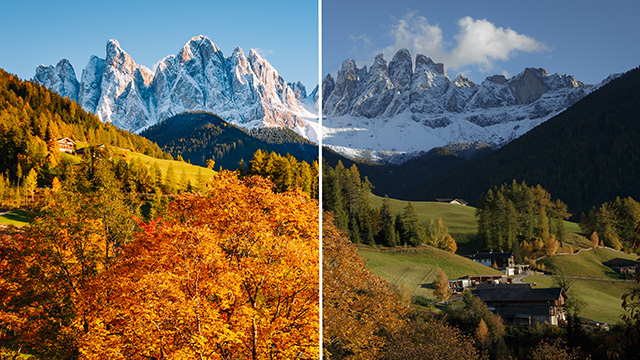
A LUT essentially changes only two specific aspects of an image: color and tone. Contrarily, a preset allows you to change a far wider variety of image characteristics, including exposure, sharpness, and vignetting. Although a LUT can be found in presets, a preset is not a common term for a LUT.
LUTs Vs Presets
LUTs are essentially mathematical algorithms that map the colors and tones of an input image or video to a desired output look. They are often used for color grading and color correction purposes and are widely compatible with various editing software.
LUTs offer precise control over color adjustments and allow for consistent application across multiple projects. They can dramatically transform the mood and atmosphere of an image or video with a single click.
On the other hand, presets are predefined sets of adjustments that encompass multiple editing parameters, such as exposure, contrast, saturation, and more. Presets provide a quick and convenient way to apply a consistent look or style to your images or videos.
They are often used in photo editing software like Lightroom or video editing software like Premiere Pro. Presets offer a more comprehensive approach to editing, allowing for a more holistic adjustment of various parameters.
FAQs
Are LUTs and presets interchangeable?
LUTs and presets are not interchangeable. While they both enhance editing workflows, LUTs primarily focus on color grading, while presets encompass a wider range of adjustments.
Can I use LUTs and presets in both photo and video editing software?
Yes, you can use LUTs and presets in both photo and video editing software. They are compatible with popular software like Adobe Photoshop, Lightroom, Premiere Pro, and more.
Are LUTs and presets compatible with mobile editing apps?
Some mobile editing apps support LUTs and presets, but not all of them. It depends on the specific app and its features.
Can I customize LUTs and presets to suit my specific editing style?
LUTs and presets can be customized to suit your editing style. You can adjust their parameters and save them as personalized versions for future use.
Can I create my own LUTs or presets?
Yes, you can create your own LUTs or presets. Many editing software allows you to create and save your custom adjustments.
Are there free LUTs and presets available for download?
There are free LUTs and presets available for download. Many websites and online communities offer free resources for users to experiment with different looks and styles.
What are some popular LUTs and presets used by professionals?
Popular LUTs and presets used by professionals vary depending on individual preferences. Some commonly used ones include VSCO, Mastin Labs, RNI Films, and more.
Are Lightroom presets the same as LUTs?
Lightroom presets and LUTs are not the same. Lightroom presets are specific to Adobe Lightroom software and offer a wide range of adjustments, while LUTs focus primarily on color transformations and are compatible with various editing software.
Wrap Up
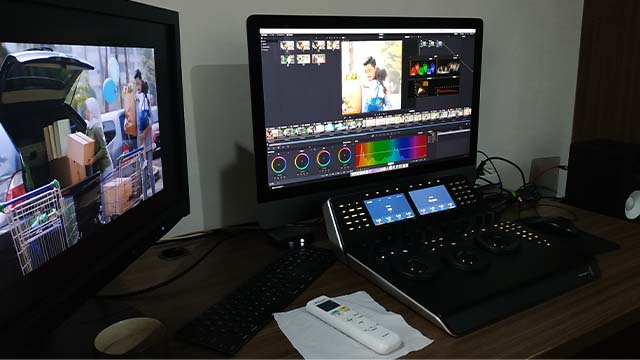
While both LUTs and presets can enhance your editing workflow and produce stunning results, it is important to recognize their differences.
LUTs primarily focus on color transformations and are suitable for specific color grading needs, while presets encompass a wider range of adjustments and are ideal for achieving a consistent overall look and style.
Ultimately, the choice between LUTs and presets depends on your editing requirements, the software you are using, and the specific visual outcome you wish to achieve.
If you are looking for information on post-production processes, this guide on post production process in film making will be very helpful for you.
